Ancient History in Matera: The City of Stone
The biblical beauty of Matera in the Basilicata countryside can be somewhat disarming. The city, ancient and mysterious, is all frescoed churches, cobbled lanes, exceptional views, and a uniquely antique atmosphere, at its best in the caves and crannies crisscrossing the underground of the vast rock that forms Matera’s ancient roots. But as one of the world’s oldest continually inhabited cities, its story is a long one. With modern eyes, Matera looks cinematic, almost mythological, but the city begins life in the Paleolithic Age with inhabited caves, expanded to house peasants and artisans in the mediaeval times, most without running water, until it eventually became known as *the shame of Italy,*its residents moved to social housing projects that brought the ancient caves (*sassi)* to an era of ghostly silence.
Zip forward to the 2020s, via Pasolini and Gibson substituting Jerusalem for Matera in their movies, and many of the Sassi are homes again, others reimagined by modern innovation, bringing spas, hotels and cocktail bars draped in amber lights at nightfall, to this exceptional city and its warrens of grottoes. But for the most part, Matera looks as it always did - an ensemble of rock and stone, shaped by nature and a human touch.



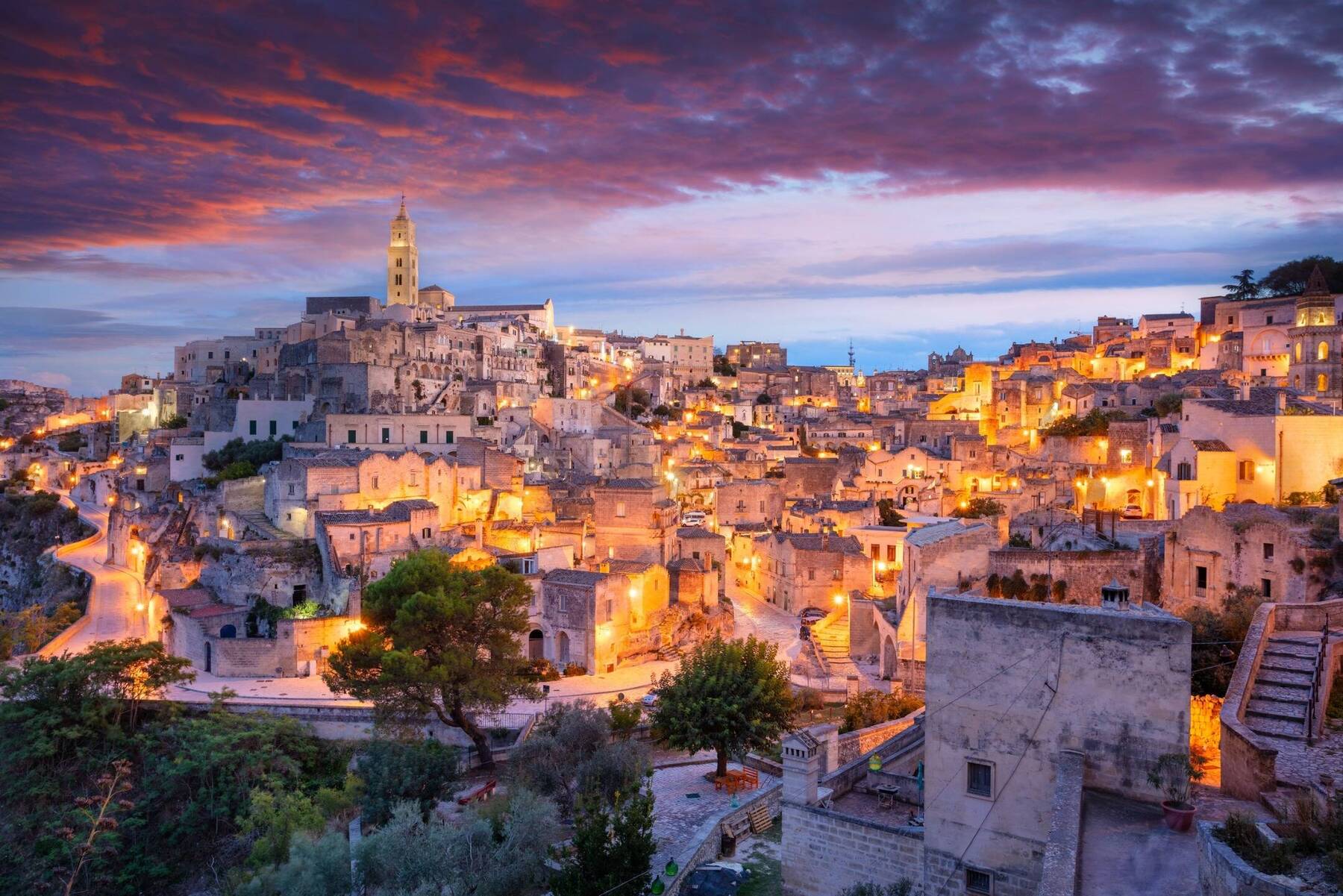

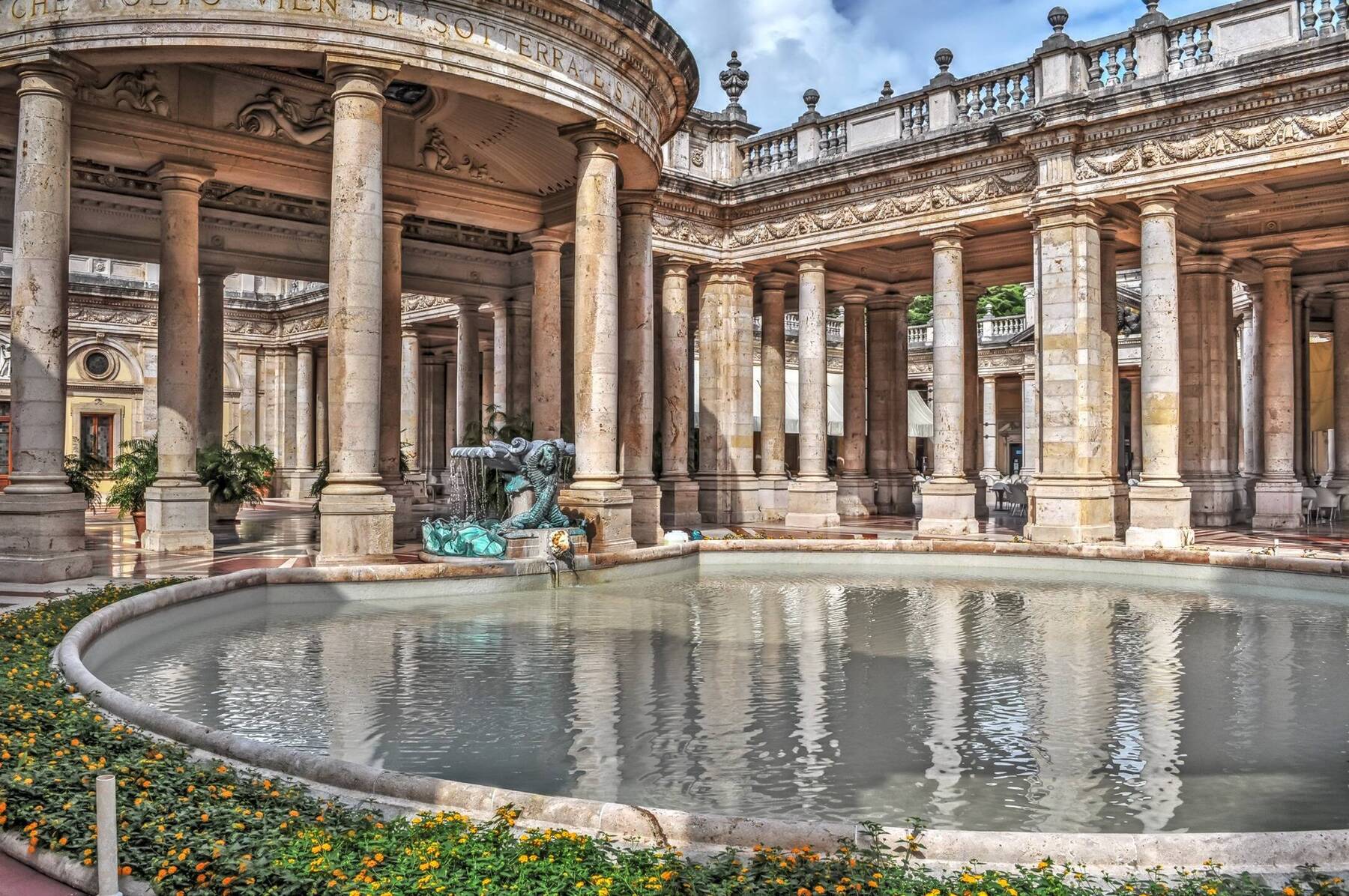

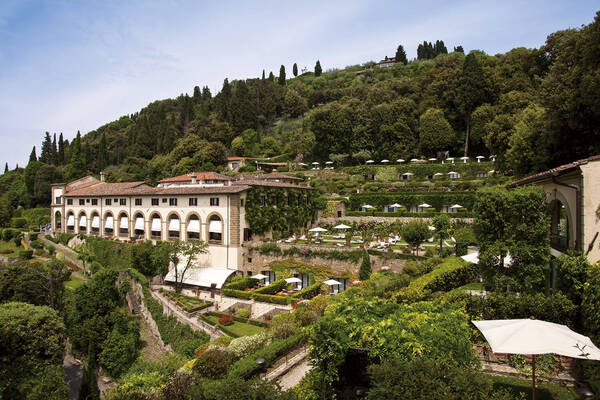
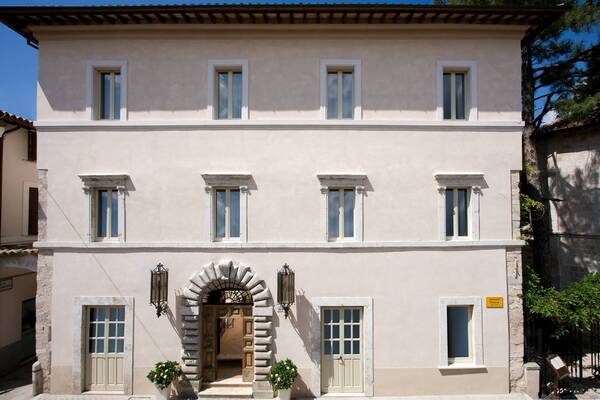
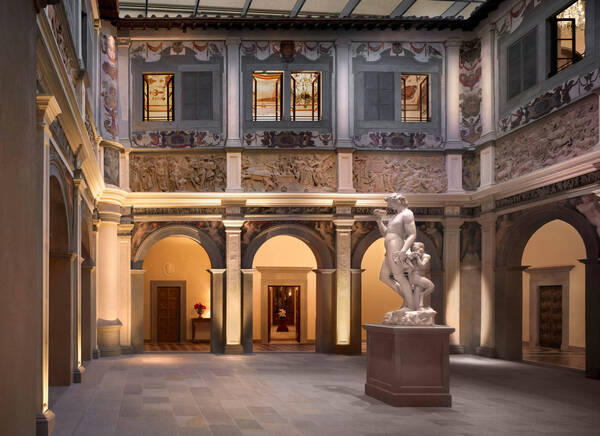

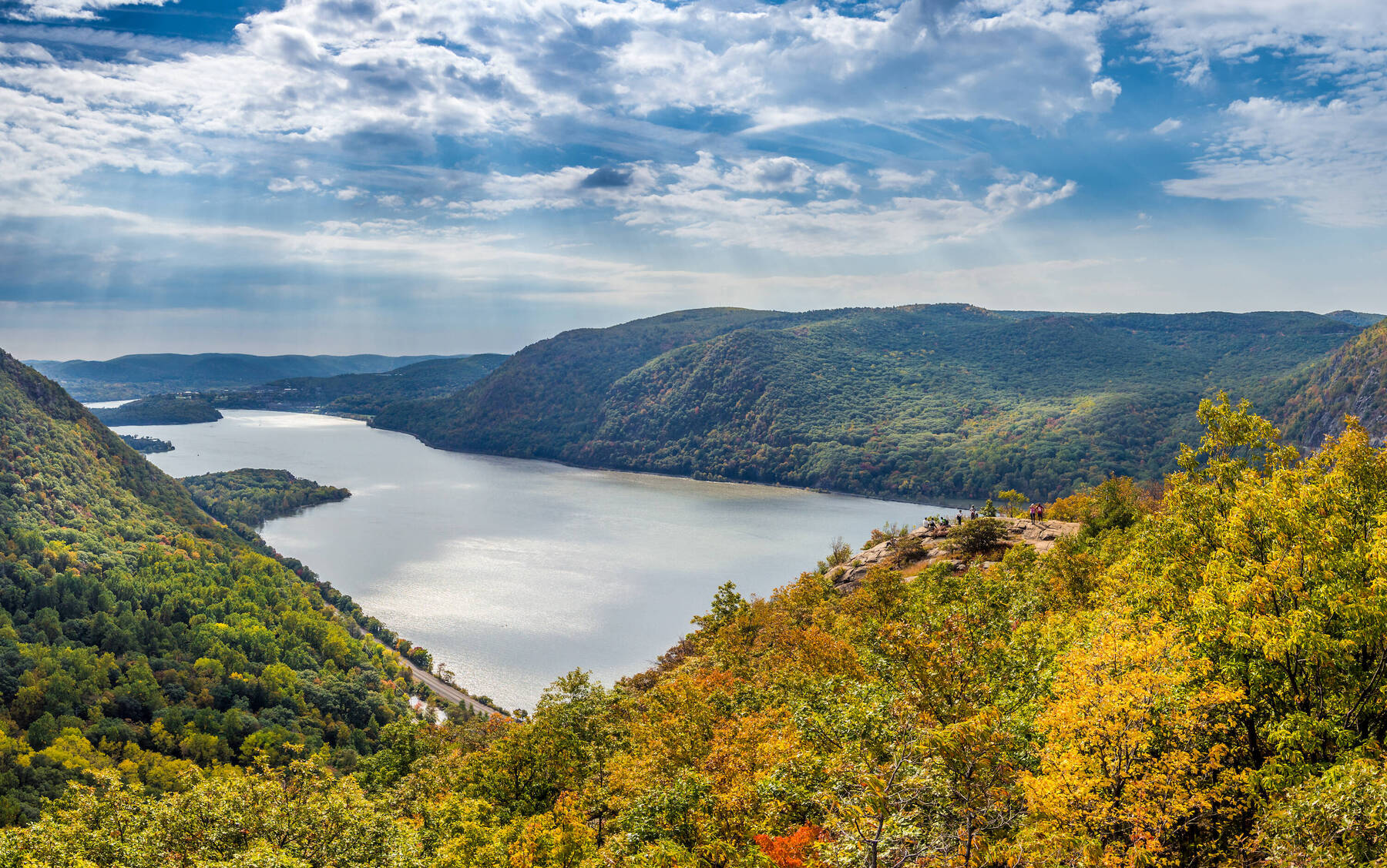
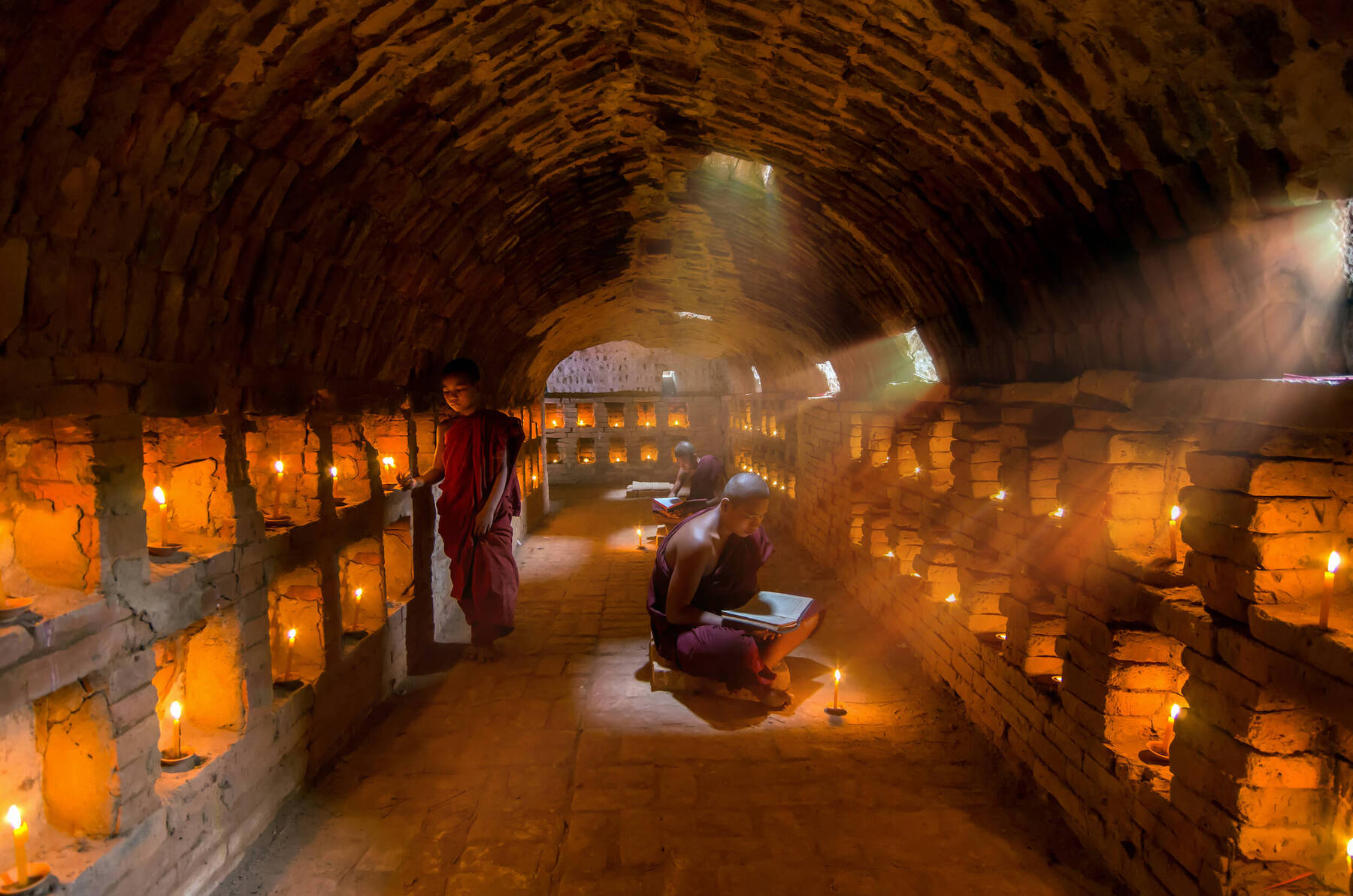




Comments